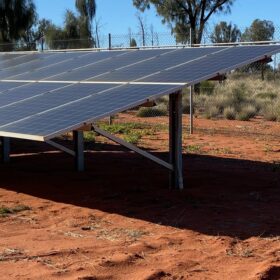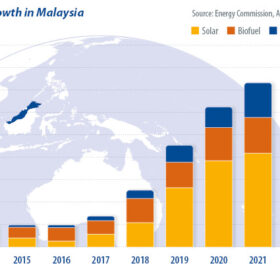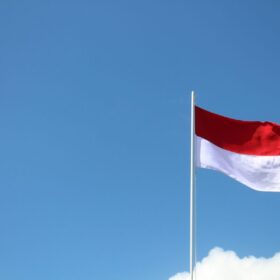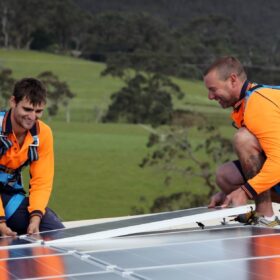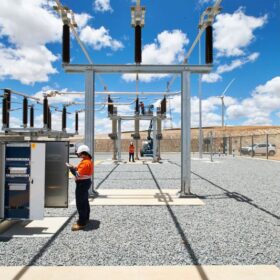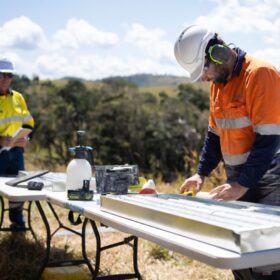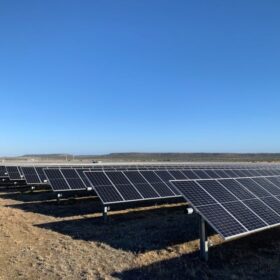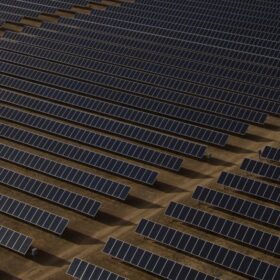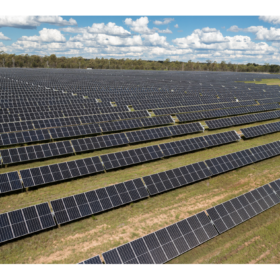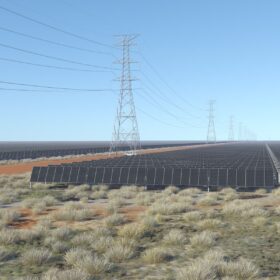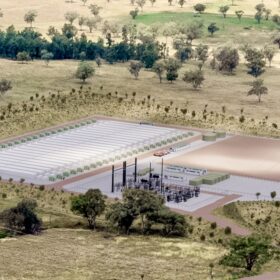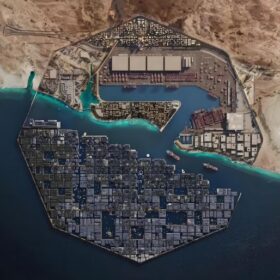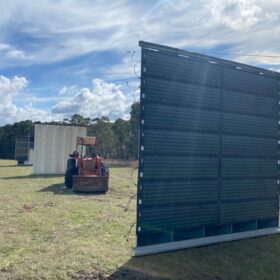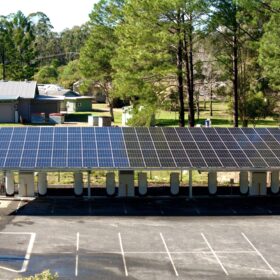WA green lights first solar project under streamlined approvals process
Yindjibarndi Energy Corporation’s ambition to be a key player in Australia’s clean energy transition has received a boost with the Western Australian government fast tracking approval for a 150 MW solar project in the Pilbara.
Weekend read: Southeast Asian solar’s bright future
Ibrahim Ariffin and JP Grayda, from Afry Management Consulting, examine two promising ASEAN markets, the Philippines and Malaysia, and the challenges they face as they strive to hit renewable energy targets. The long-term outlook is broadly positive, despite some uncertainties.
Indonesia targets more than 5.7 GW of rooftop solar by 2028
The Ministry of Energy and Mineral Resources in Indonesia has set a quota of 5,746 MW of rooftop solar to be deployed between 2024 and 2028. The Jakarta-based Institute for Essential Services Reform anticipates rooftop solar to be more commonly adopted by commercial and industrial consumers than residential users, following the abolishment of net-metering earlier this year.
CEC calls for new policies to support increased uptake of rooftop solar, home batteries
The Clean Energy Council is calling for a unified national strategy to “supercharge” the uptake of consumer energy resources including rooftop solar and home batteries in Australia, saying such a move would deliver more than $22 billion in savings and 18,200 extra jobs by 2050.
WA to host clean energy training centre of excellence
Western Australia is on track to become home to the nation’s first clean energy training centre of excellence with the state and federal governments investing $70.5 million over five years to address labour shortages in Australia’s renewable energy transition.
Road trip showcases suitability of charging infrastructure for shift to EVs
A long-haul road trip along Australia’s east coast in an electric vehicle has demonstrated the nation’s readiness for the shift to full battery vehicles with the driver declaring the existing charging infrastructure has made range anxiety a thing of the past.
BE Power adds 9.6 GWh pumped hydro project to Queensland pipeline
Queensland’s pipeline of pumped hydro storage projects continues to grow with Victorian-based renewables company BE Power announcing plans to develop an 800 MW / 9.6 GWh project at Mount Alma near Gladstone.
Troubled solar-wind-storage park finally reaches full potential
After a near six-year delay, the 60 MW Kennedy Energy Park in north Queensland, hailed as Australia’s first fully integrated utility scale solar, wind, and battery project, has finally achieved full commercial operations.
IEA urges countries to accelerate renewables deployment
A new report from the International Energy Agency (IEA) suggests that the world could miss out on a target of 11,000 GW of global renewables capacity by the end of the decade, as agreed at COP28. It also predicts that solar will become the world’s largest source of installed renewable capacity, surpassing hydropower.
Queensland budget to gift a record $26 billion to accelerate energy transition
The Queensland state budget will deliver the nation’s largest yet green energy investment with a record $26 billion outlay over the next four years, with $8.6 billion ready to go in the next financial year.
